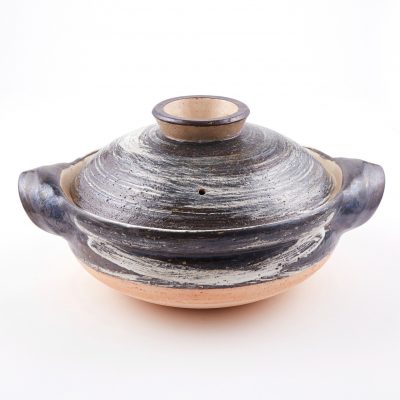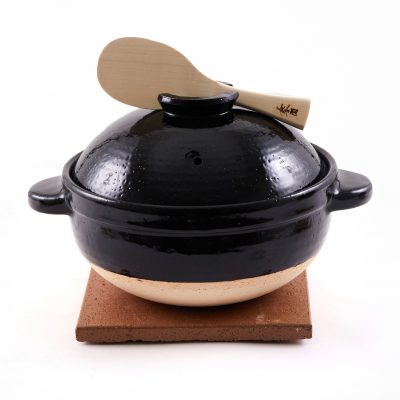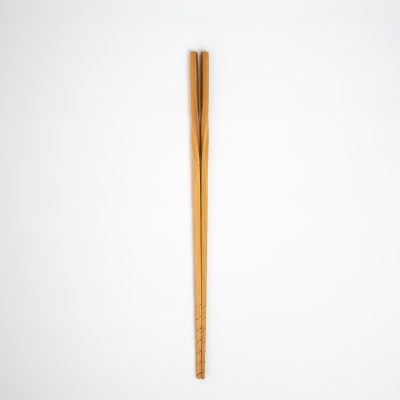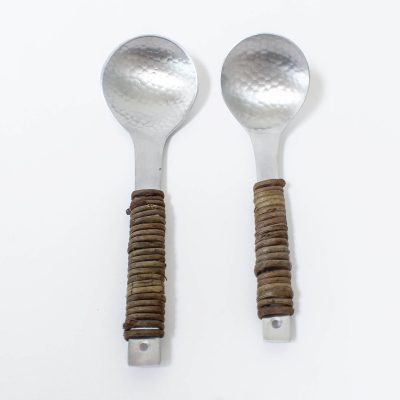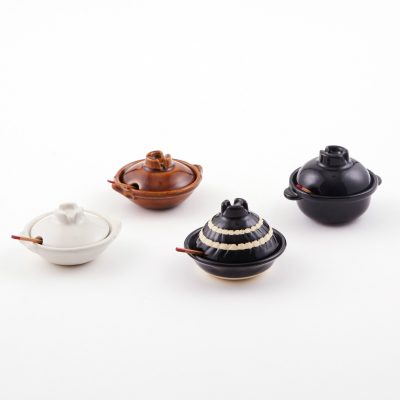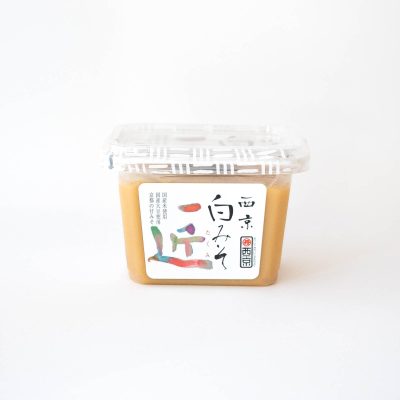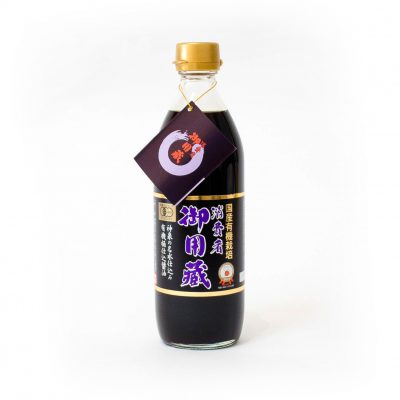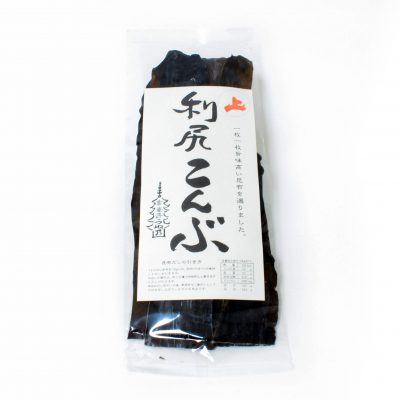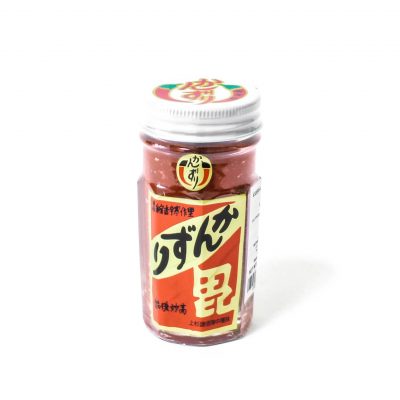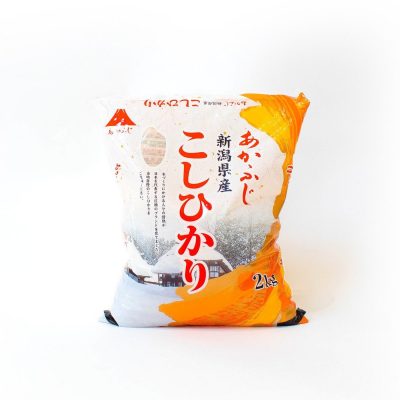
I’ve made this hot pot many times this season, both for myself and many other people. And, many of them asked me to share the recipe so they can make it home. The miso broth has two kinds of miso for complexity. The addition of butter at the end gives the beautiful depth in flavor.
Ishikari Nabe is originally a regional dish from Hokkaido (the northern island of Japan), and to me, the must “rule” to be called Ishikari Nabe is that the dish has to have salmon and potato in the miso broth. They taste so good together (especially with the butter added at the end)! That being said, the broth can go well with just about anything, so you can change around the ingredients to cook in it. When I cook for my vegan friends, I use kombu and shiitake dashi, and make it with tofu and different kinds of mushrooms (and no butter).
You can make the miso base (mixture of the miso, sake, mirin and soy sauce) in advance, and when it’s ready to serve, you can simply combine the miso base with dashi, and start cooking the ingredients in it at the table (or at in the kitchen stove and serve at the table).
For “shime” (finishing course), I love making ojiya (soupy porridge) in the remaining broth. Ramen is also great, too.
Vegan option
Use kombu dashi or kombu & shiitake dashi. Substitute salmon & pork with vegetarian ingredients such as tofu and different kinds of mushrooms. Omit butter at the end.Equipment
Classic-style Donabe (2.5-qt/ 2,500 ml or larger)Kamado-san to cook the rice for the “Shime” soupy porridge course
Servings
4 - 5Ingredients
(Broth)
- 3 tablespoons Miso
- 2 tablespoons Saikyo Miso or other sweet white miso
- 1/4 cup (60 ml) sake
- 2 tablespoons mirin
- 1 tablespoon soy sauce
- 1 quart (1 liter) kombu & bonito dashi or your choice of stock
- 2 medium (about 12 oz/ 360 g total) potatoes, cut into 1.5″ (4 cm) pieces
- 7 – 8 leaves from medium napa cabbage, cut into large bite-size pieces (separate the bottom part from the top leafy part)
- 7 oz (200 g) enoki mushrooms, bottom end trimmed
- 10 oz (300 g) salmon, cut into 4 – 5 cubes
- 10 oz (300 g) pork belly slices, cut into 2″ (5 cm) long
- 5 oz (150 g) chrysanthemum leaves, but into 2″ (5 cm) long
- 2 tablespoons (in slices) unsalted butter
- Kanzuri, for serving
Shime (finishing course)
- Freshly cooked rice
- 3 – 4 eggs
- Shichimi togarashi
Procedure
- To make the miso broth, whisk together both kinds of miso, sake, mirin, and soy sauce until smooth. Stir in the dashi. Transfer the mixture to a donabe. (Or, you can do the whole process in a donabe for convenience.)
- Combine the potato and water in a sauce pan and bring to a boil. Turn down the heat to simmer, and add a good pinch of salt. Simmer until the potatoes are almost tender (but not very soft yet). Drain and let the potatoes cool down. Arrange the potatoes with the rest of the ingredients (down to butter) in a platter(s).
- (If you have a portable table top burner like this, set the donabe on the burner with the platters at the table and start cooking. Otherwise, you can cook everything at over kitchen stove top and bring the finished dish to the table.) Heat the miso broth in the donabe over medium-high heat. As soon as it starts to simmer, add the bottom part of the napa cabbage. Cover with lid, and let it cook for a few minutes.
- Add the remaining napa cabbage and enoki mushrooms. Cover again and cook for another few minutes.
- Add the pork belly and salmon, and cook for a couple of minutes or until they are cooked through. Finally, add the chrysanthemum leaves and butter. Turn off the heat. Let the chrysanthemum leaves wilt and the butter to melt.
- Serve into individual bowls immediately with kanzuri on the side.
Shime (finishing) Course
- To make the shime course, make sure to save some broth (at least 1/3 of the original amount). Bring the remaining broth to a high simmer. Add some freshly cooked rice (about 2/3 of the broth’s volume is usually ideal) and let the rice loosen by using a spatula or chopsticks. Cook for a couple of minutes so the rice grains can absorb some broth.
- Beat the eggs and gradually drizzle into the simmering rice/ broth mixture. Turn off the heat. Cover (if you like) and let the eggs cook to your desired consistency.
- Serve into individual bowls. Sprinkle some shichimi togarashi, if you like.

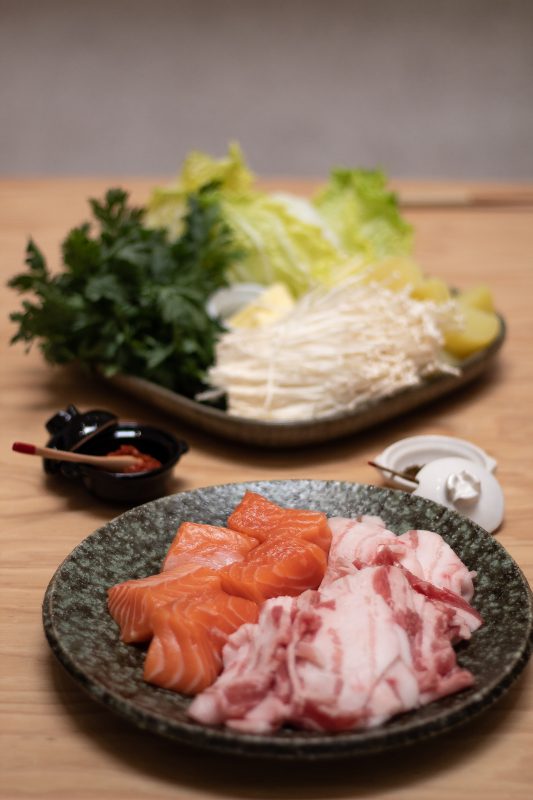

All the ingredients are ready. Turn on the heat and start heating the miso broth.
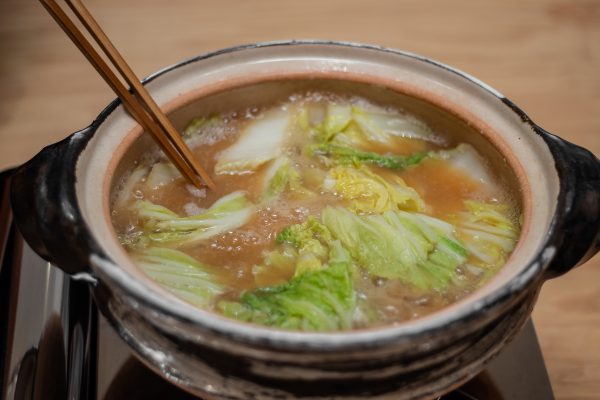


Once the broth is hot, start cooking with the napa cabbage and potatoes first. Then, add the enoki mushrooms.
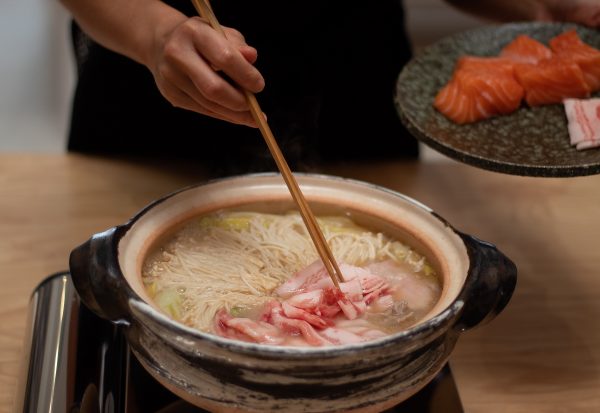

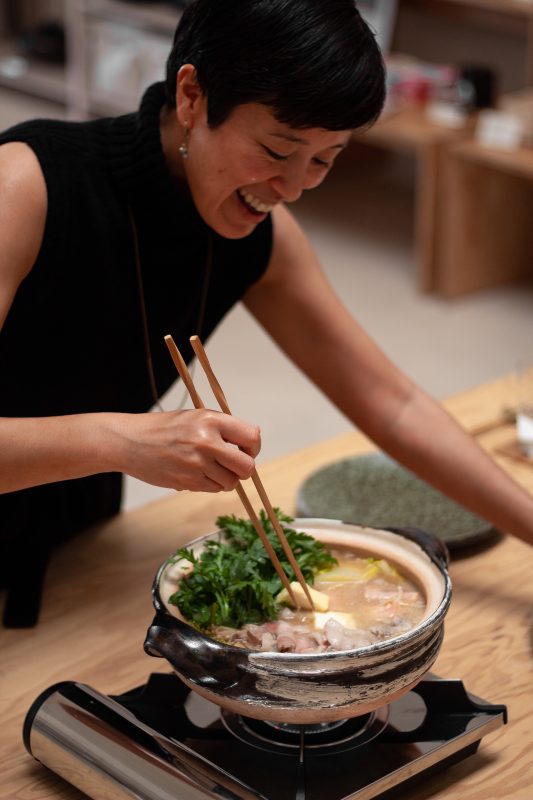
Pork belly slices and salmon are added and continue to cook just until they are almost cooked through. Then, to finish, add the chrysanthemum leaves and butter.

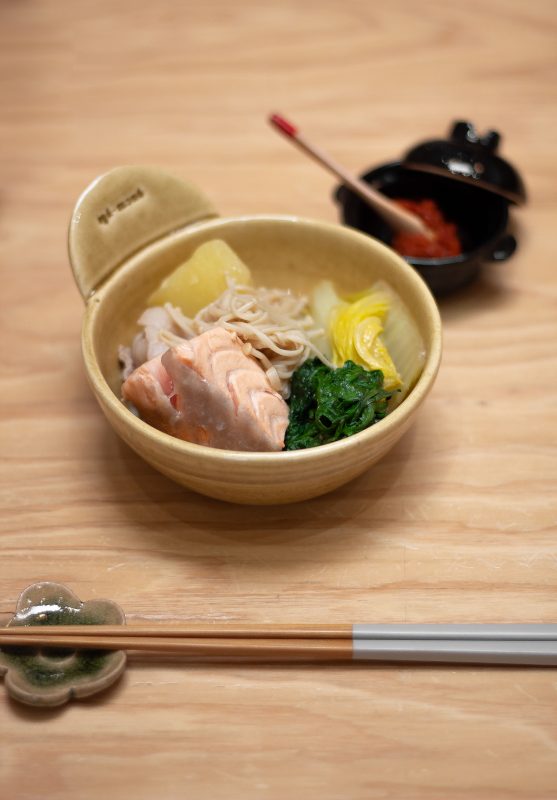
The dish is ready! I love it with Kanzuri. But, yuzu-kosho is also a good condiment for this dish.


Don’t forget to save some broth for the “shime” course. Reheat the broth, then add the freshly cooked rice in it.

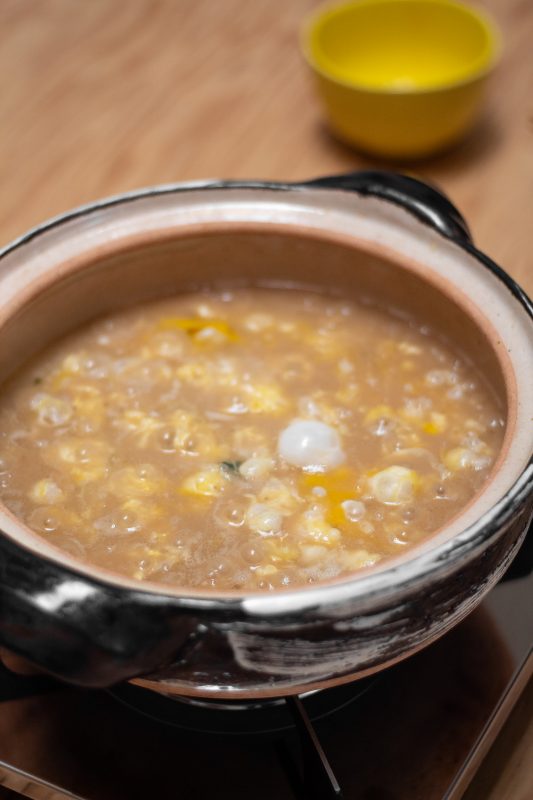
Once the rice absorbs the broth nicely, gradually add the beaten eggs.
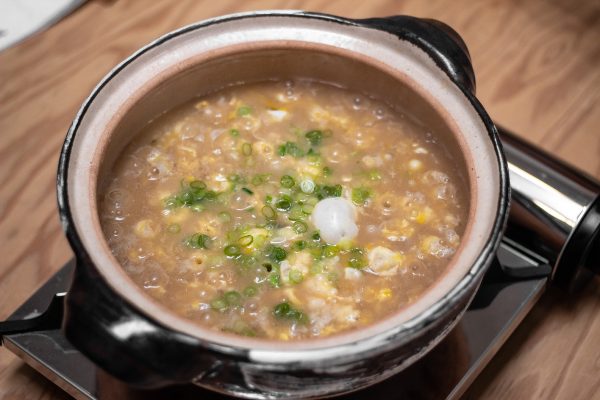

Nicely “eggy” ojiya is ready. My belly is happy.

